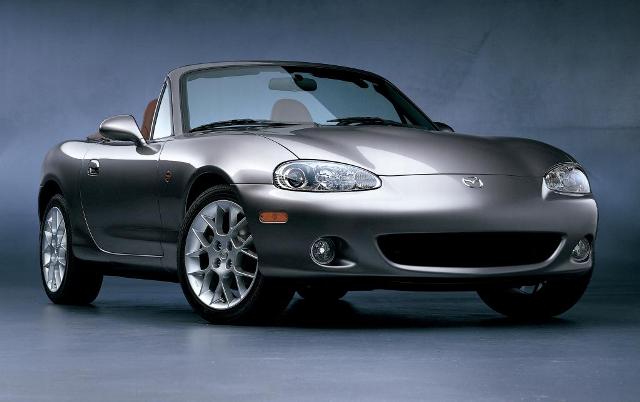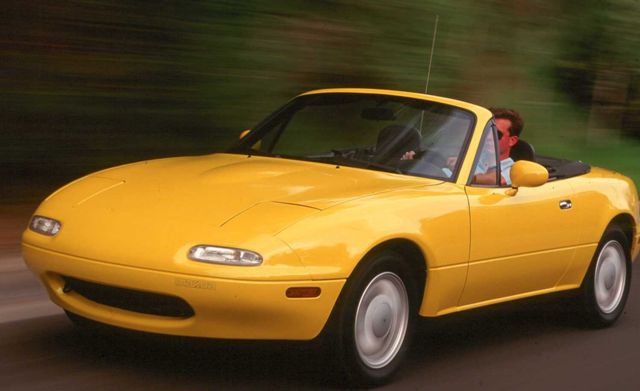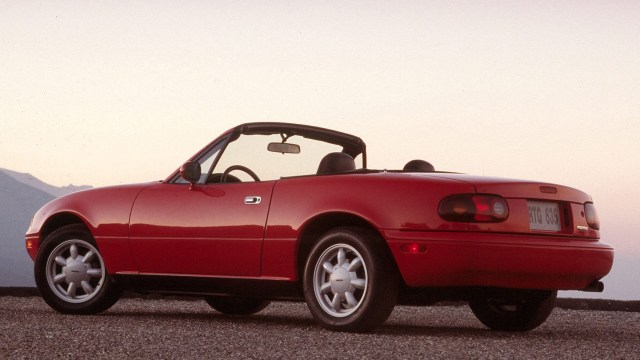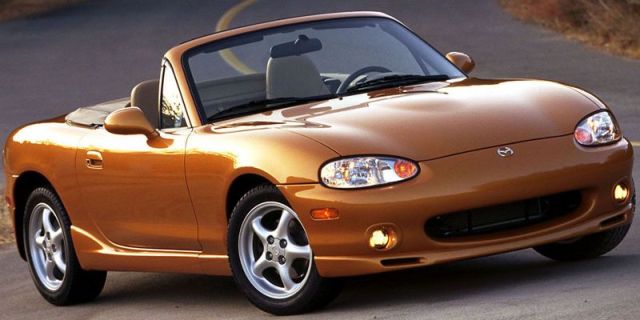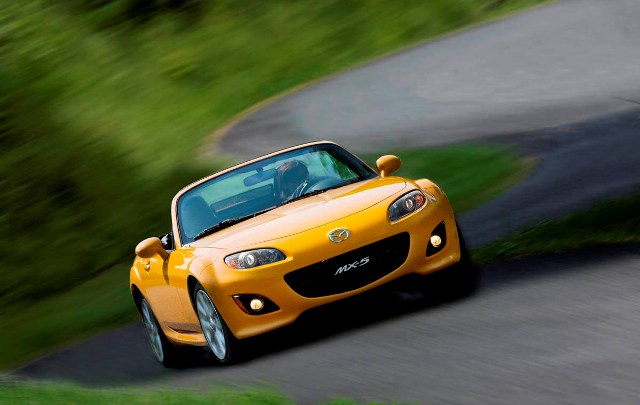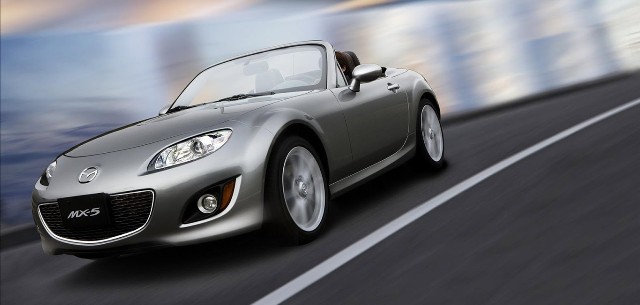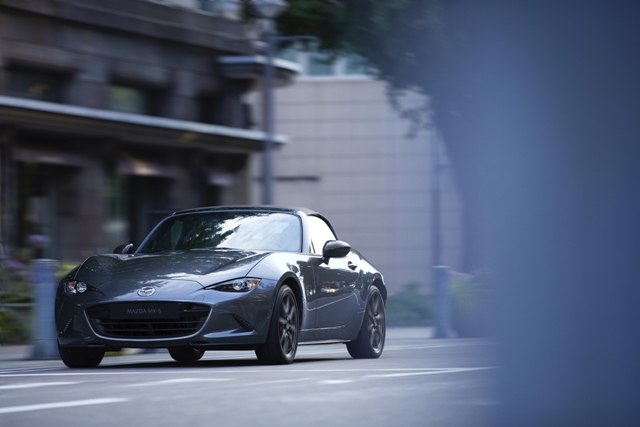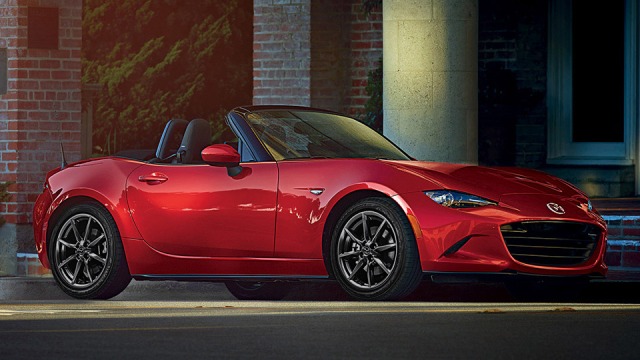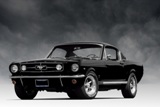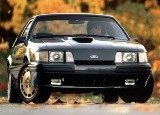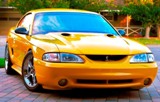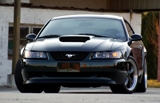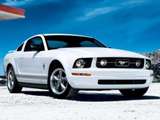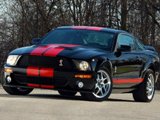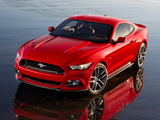Enthusiast's Corner
Mazda MX-5 Miata: 30 years of fun in the sun
Written by James Dolan
It’s hard for me to believe that the MX-5 Miata has been with us for 30 years now. Not many vehicles last long enough to make it to their silver anniversary, for a two-seat sports car to make it that long is an especially rare feat indeed. But the Miata has made it, out lasting many of its competitors like the Toyota MR2, Honda DelSol and the 1990’s Lotus Élan. Not only does the Miata have lasting power in the marketplace, it is now the best selling two-seat convertible sports car of all time with sales topping over a million vehicles over its thirty years.
The MX-5 Miata concept was the brain child of Bob Hall way back in 1976. At the time Bob was an automotive journalist for Motor Trend magazine and was talking to Kenichi Yamamoto and Gai Arai who both worked in the Research and development department for Mazda. Hall was reminiscing about the open air British sports cars from the past and told Mr. Yamamoto that someone should build a simple open-air sports car. At the time the folks at Mazda were hard at work developing the RX-7 sports car. While the RX-7 was a small, light coupe that was loads of fun to drive, it wasn’t the roaster that Bob Hall had envisioned.
In 1981 Bob Hall took a job in the product planning department at Mazda and once again met Kenichi Yamamoto who was now chairman of Mazda Motors. As fate would have it, Mr. Yamamoto remembered his conversation with Bob Hall years before and in 1982 gave the go ahead for the development of a two-seat roadster. In January 1986 the project was granted its final approval and by 1989 the new car was ready to be launched. With the RX-7 growing in size and price this new roadster would fill in the slot at a lower price point.
Launched at a time when the two-seat roadster had been almost extinct for nearly a decade, the only competitor being the ancient Alfa Romeo Spider; the Miata was a complete sensation with consumers who were hungry for a fun little rag-top. But the success of the MX-5 wasn’t just because it virtually had the roaster market all to its own. Mazda went to great lengths to ensure that the car captured the hearts of the consumer. Hours were spent sweating the details to ensure that the car had all the ingredients needed to captivate the consumer and give the car a soul that all the great roadsters of the past had.
Styling of the Miata was smooth, flowing, and organic. The car had more than a passing resemblance to the Lotus Élan of the 1960’s and this is no coincidence. The Élan is the quintessential British roadster and the folks at Mazda were well aware of this. In fact, Mazda did purchase a couple of old Élan’s to evaluate during the development of the MX-5. Both cars share many styling and mechanical similarities from small twin cam engines, four-wheel disc brakes and quick, precise steering. You could successfully argue that the MX-5 was the first successful retro car to hit the market.
While the Miata was a fun and spirited car to drive, it wasn’t a top performer; but it was never intended to be. A Toyota MR-2 or Honda CRX Si could easily out shine the MX-5 on paper, each car having better handling, braking and acceleration numbers. But where the Miata had all of its rivals beat was in pure fun and its driving experience. Mazda went to great lengths to tune the exhaust note of the 1.6-litre engine just right, calibrate the suspension so it was fun and direct without being punishing and to give the car just enough power so that it can be fun to drive enthusiastically without having to be driven well beyond legal limits in order to be fun. Essentially what Mazda did was capture the essence of the British sports car without of the traditional pit falls of British roadster ownership such as leaky tops and questionable reliability.
Over the years I have been fortunate enough to drive many first and second generation MX-5’s. They are delightfully simple cars that are well crafted and a complete joy to drive. I’d dare anyone not to have a smile on their face while driving one of these little gems. Best of all it will not break the bank to own one and will not punish you for going on an extended long distance adventure. Although each generation of MX-5 has grown in size and power, each iteration still holds true to the car’s original mission of providing endless joy to its owner. And this is exactly why the MX-5 has been the best selling two seat roadster of all time.
Most Popular Articles

Japanese Nostalgic Vehicles: The next trend in classic cars
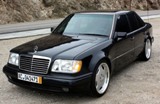
Five Sports Sedan's I'd Love to Own
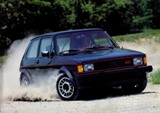
Hot Hatchbacks From the 1980's

Volvo 200 Series: An Unappriciated Classic

Triumph TR-6: Music to Anyone's Ears
Fifty Years of Mustang
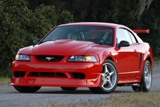
1999-2001 Ford Mustang SVT Cobra
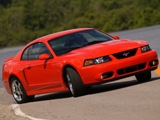
2003-2004 Ford Mustang SVT Cobra
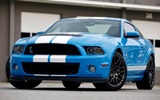
2010-2014 Ford Mustang Shelby GT500
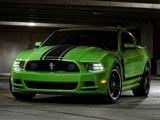
2012-2013 Ford Mustang Boss 302

